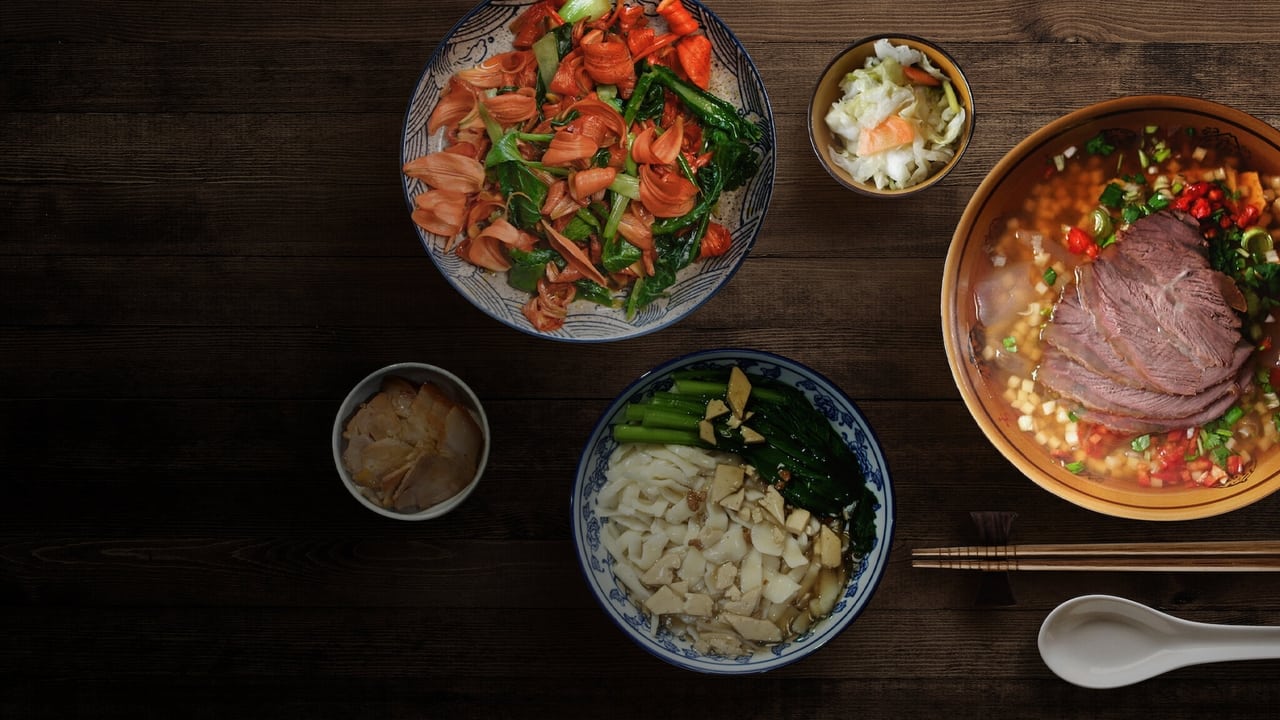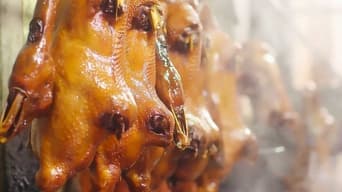Flavorful Origins Season 1

Delve into the delectable world of Chaoshan cuisine, explore its unique ingredients and hear the stories of the people behind its creation. In the second series of "Flavorful Origins", we discover the cuisine of Yunnan . The third series of Flavorful Origins takes us around the cuisine of Gansu.
Watch NowWith 30 Day Free Trial!
Flavorful Origins
2019

Delve into the delectable world of Chaoshan cuisine, explore its unique ingredients and hear the stories of the people behind its creation.
Watch Trailer
Flavorful Origins Season 1 Full Episode Guide
Known for both taste and nutritional value, Chinese motherwort is blanched and added to soup and congee as a breakfast favorite.
Galangal arrived in Chaoshan from Southeast Asia a long time ago, imbuing meat dishes like chicken and lamb with a fragrant punch.
Harvested from Nan'ao Island's shores, mussels are a summer delicacy that can be cooked with basil, folded into spring rolls and added to fried rice.
In Chaoshan, the lizardfish is deboned and pounded to make surimi (fish paste) -- a versatile ingredient with a uniquely smooth and elastic texture.
Indispensable to Chaoshan cooking, fish sauce is traditionally made by salt-curing and fermenting hilsa herring, but new methods have cropped up.
Salted, boiled and air-dried in bamboo baskets, the mackerel scad is among many seafoods that make for a chewy, flavorful and simple main dish.
Enjoyed with vegetables and dipping sauce, yu sheng (freshly sliced raw fish) is a delicacy with a long history in Chaoshan.
Inheriting the techniques of previous generations, makers of Chaoshan beef meatballs dedicate hours of hard work to achieve perfect texture and flavor.
Expert butchers in Chaoshan sharpen their knives to slice premium beef into perfect, marbled cutlets that are juicy, tender, and ready for hot pot.
Garlic, fat, liquor and fermented bean curd. The traditional tofu cake is a baked pastry boasting a rich taste profile and centuries of history.
In the Hakka tradition, tea leaves are cooked with fresh herbs, then ground with sesame seeds or peanuts in a mortar to make lei cha, a fragrant drink.
A regional product, the Chaozhou orange can be deep-fried or dried and preserved to make sweet treats, while its peel can be used for zesty seasoning.
Steamed, marinated, stir-fried, grilled or dried. A classic in Chaoshan cuisine, the oyster is traditionally cultivated in the town of Jingzhou.
To bring out umami and impart the flavor of the sea, the versatile ingredient seaweed can be stir-fried, deep-fried, roasted and sprinkled on soup.
An age-old Chaoshan tradition, the preserved white radish can put an innovative spin on various dishes, from spare ribs to stir-fried squid.
Long ago, migrants from the north brought soybeans to Chaoshan, now home to a unique bean paste featured in many dishes, from spinach to steamed fish.
Cinnamon, anise and galangal are among the spices that go into Chaoshan brine, a key ingredient in braised offal, goose head and hot pot.
Garlic. Cilantro. Chili pepper. The marinated raw-crab dish varies in style from Puning to Shantou, but it's always fresh and tender.
A quintessentially Chaoshan staple and a taste of home for many, kway teow (rice-noodle strips) can be stir-fried or wrapped around tasty fillings.
In Chaoshan, olives are preserved in distinct ways and appear in a variety of dishes, including fresh juices and meat soups.
Free Trial Channels
Seasons


























































